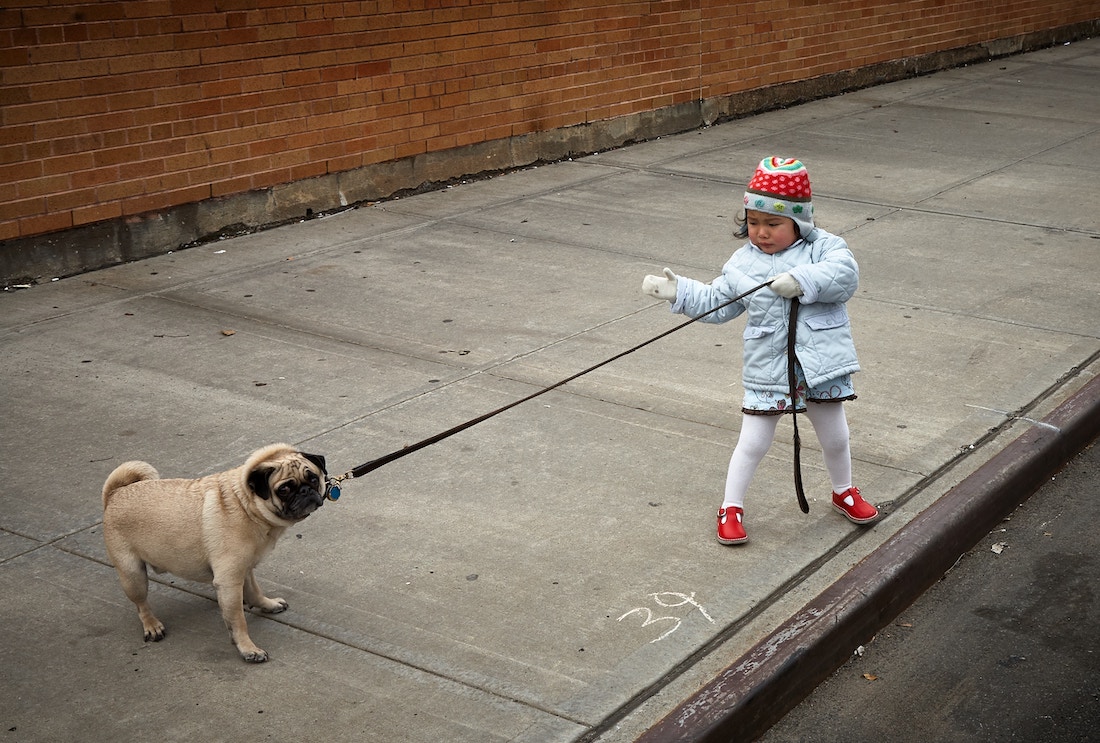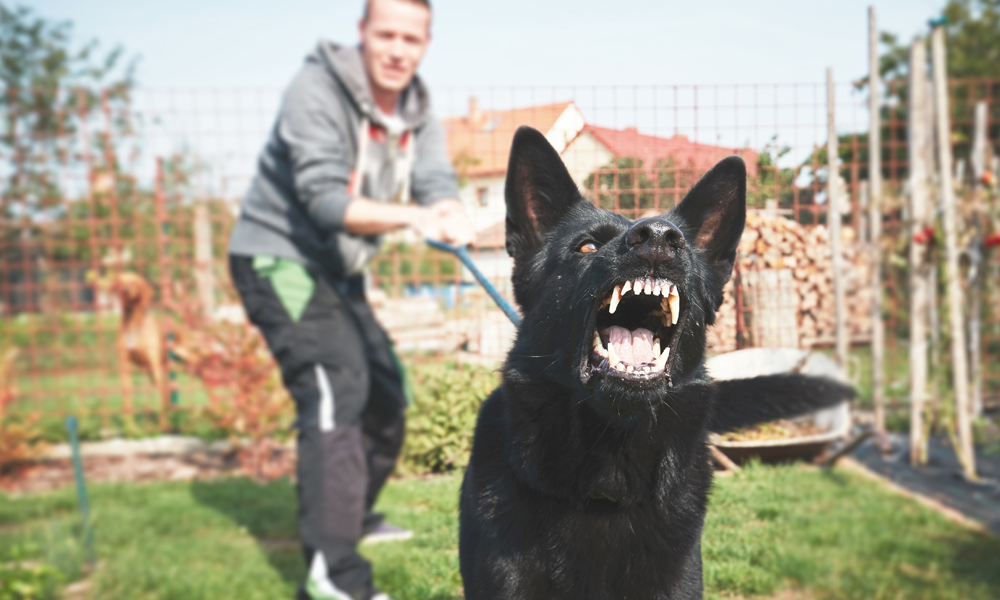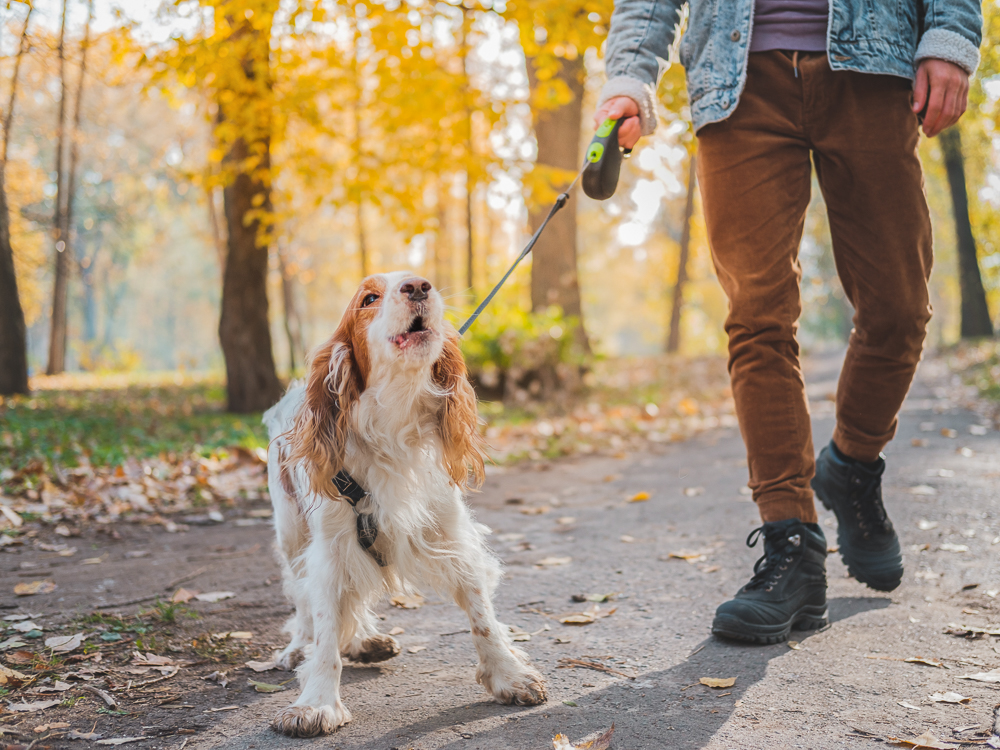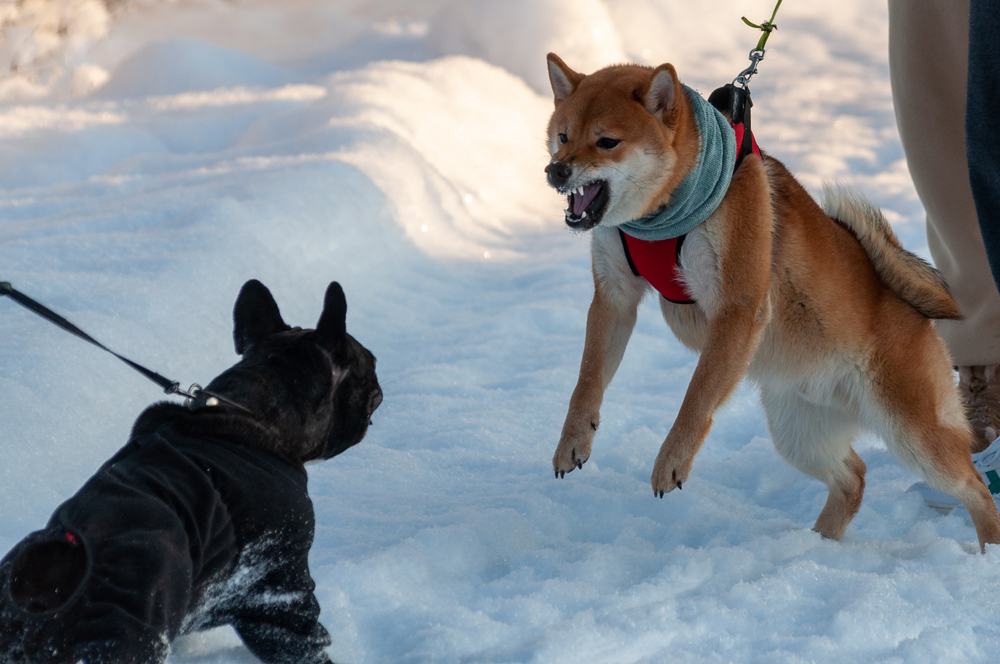Introduction: Unraveling Leash Reactivity
Leash reactivity is a common behavior problem encountered by many dog owners during walks. It refers to a dog’s overreaction or exaggerated response to certain stimuli while on a leash, such as other dogs, strangers, or environmental triggers. Understanding the root causes and triggers of leash reactivity is essential for effectively managing and addressing this behavior.

Understanding Leash Reactivity: The Psychology Behind the Behavior
Leash reactivity often stems from a combination of genetic predispositions, past experiences, and environmental factors. Dogs may exhibit leash reactivity as a result of fear, anxiety, frustration, or a lack of socialization. Additionally, factors such as genetics, breed tendencies, and individual temperament can contribute to the development of leash reactivity in dogs.
Identifying Triggers: Reco3gnizing What Sets Your Dog Off
To effectively manage leash reactivity, it’s crucial to identify the specific triggers that cause your dog to react negatively while on a leash. Common triggers include encounters with other dogs, unfamiliar people, loud noises, bicycles, or even certain scents. By observing your dog’s behavior and noting the circumstances surrounding their reactions, you can gain insight into the triggers that provoke leash reactivity.
Signs of Leash Reactivity: Recognizing Behavioral Cues
Leash-reactive dogs may exhibit a range of behavioral cues indicating their discomfort or agitation. These may include pulling on the leash, barking, lunging, growling, snarling, or displaying aggressive body language such as raised hackles or stiff posture. It’s important for dog owners to recognize these signs early on and take proactive measures to address leash reactivity before it escalates.

Impact on Walks: Challenges Faced by Owners of Leash-Reactive Dogs
Leash reactivity can significantly impact the walking experience for both dogs and their owners. Walking a leash-reactive dog may become stressful, unpredictable, and potentially dangerous if not properly managed. Owners may feel embarrassed, frustrated, or overwhelmed by their dog’s behavior, leading to avoidance of certain situations or environments altogether.
The Importance of Training: Building Positive Associations
Training plays a pivotal role in managing leash reactivity and modifying the behavior of leash-reactive dogs. Positive reinforcement techniques, such as counterconditioning and desensitization, can help dogs associate previously triggering stimuli with positive experiences. By rewarding calm, non-reactive behavior, owners can gradually teach their dogs to remain calm and composed in challenging situations.

Creating Distance: Utilizing Space as a Management Tool
One effective strategy for managing leash reactivity is to create distance between your dog and the trigger stimuli. By maintaining a safe distance from potential triggers, owners can prevent their dog from becoming overwhelmed or agitated, allowing for greater control and management of the situation. Slowly increasing proximity over time as the dog becomes more comfortable can help facilitate desensitization.
Implementing Controlled Exposures: Gradual Introduction to Triggers
Controlled exposures involve gradually exposing leash-reactive dogs to their triggers in a controlled and structured manner. This process allows dogs to acclimate to the presence of triggering stimuli while remaining under the owner’s control. Starting at a distance where the dog remains calm and gradually decreasing the distance over time can help build confidence and reduce reactivity.
Consistency and Patience: Keys to Success in Behavior Modification
Consistency and patience are paramount when addressing leash reactivity in dogs. Behavior modification takes time, effort, and dedication on the part of the owner. Consistently reinforcing desired behaviors, setting realistic goals, and remaining patient throughout the training process are essential for achieving long-term success in managing leash reactivity.

Seeking Professional Help: Consulting a Certified Dog Trainer or Behaviorist
In cases of severe or persistent leash reactivity, seeking professional help from a certified dog trainer or behaviorist may be necessary. These professionals can provide personalized guidance, develop tailored behavior modification plans, and offer support to both dogs and their owners. Professional intervention can make a significant difference in addressing leash reactivity and improving the overall well-being of the dog.
Understanding the Emotional Impact: Supporting Both Dogs and Owners
Leash reactivity not only affects the behavior of dogs but also has a significant emotional impact on their owners. Dealing with a leash-reactive dog can evoke feelings of frustration, embarrassment, and even guilt for not being able to control their pet’s behavior. It’s essential for owners to acknowledge and address their own emotions while working to modify their dog’s behavior. Seeking support from fellow dog owners, joining training classes, or consulting with professionals can provide much-needed encouragement and guidance throughout the process.

Building Trust Through Positive Reinforcement: A Partnership in Training
Positive reinforcement serves as the cornerstone of effective behavior modification for leash-reactive dogs. By rewarding desirable behaviors with treats, praise, or toys, owners can reinforce positive associations and encourage their dog to remain calm and composed in challenging situations. Consistency and clear communication are key to building trust and strengthening the bond between owners and their dogs. Through patient, compassionate training, owners can empower their dogs to overcome leash reactivity and thrive in various environments.
Fostering a Supportive Environment: Understanding Canine Communication
Understanding canine communication is crucial for effectively managing leash reactivity and promoting positive interactions between dogs. Dogs communicate through body language, vocalizations, and subtle cues, which owners must learn to interpret accurately. By recognizing signs of stress, fear, or discomfort in their dogs, owners can intervene early and prevent potential reactive outbursts. Creating a supportive environment based on mutual understanding and trust allows dogs to feel safe and secure, reducing the likelihood of leash reactivity.
The Role of Exercise and Mental Stimulation: Meeting Your Dog’s Needs
Regular exercise and mental stimulation are essential components of a dog’s overall well-being and can play a significant role in managing leash reactivity. Providing ample opportunities for physical exercise through daily walks, play sessions, or interactive games helps dogs release excess energy and reduce stress levels. Additionally, engaging in mentally stimulating activities, such as puzzle toys or training exercises, can help alleviate boredom and prevent behavioral problems. A balanced approach to exercise and mental enrichment promotes a healthy lifestyle for dogs and contributes to their overall happiness and contentment.

Conclusion: Nurturing Positive Relationships Through Understanding
Leash reactivity can pose challenges for both dogs and their owners, but with patience, understanding, and effective management strategies, it is a behavior that can be addressed and modified over time. By gaining insight into the underlying causes of leash reactivity, identifying triggers, and implementing positive reinforcement techniques, owners can foster a stronger bond with their dogs built on trust, communication, and mutual respect. Through dedication and perseverance, leash-reactive dogs can learn to navigate the world with confidence and composure, enhancing their quality of life and enriching the bond they share with their owners.










